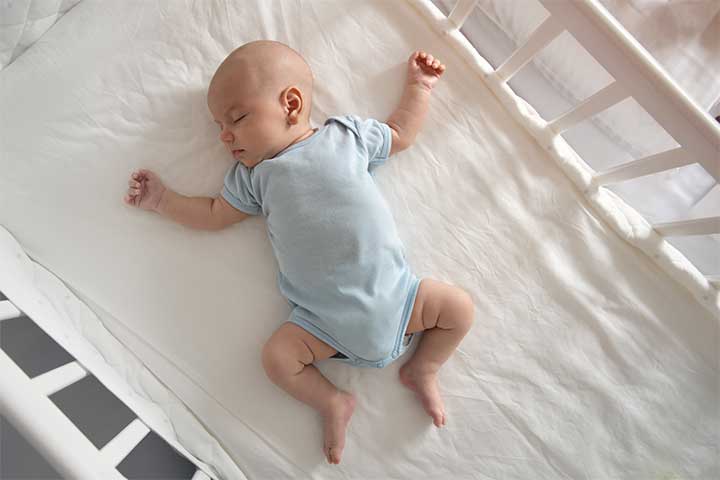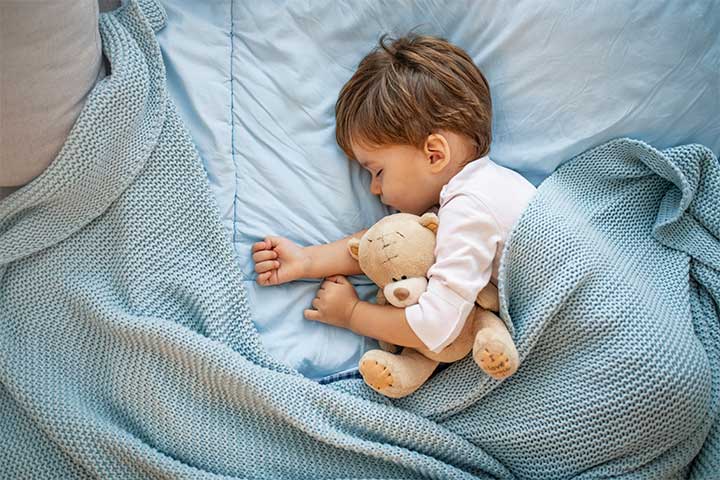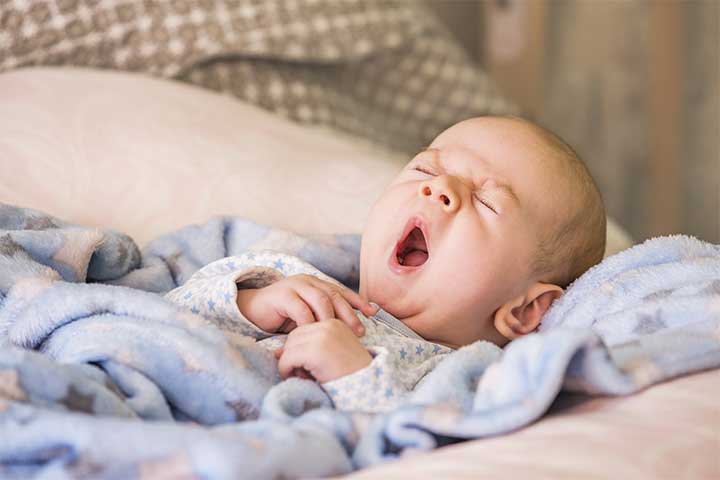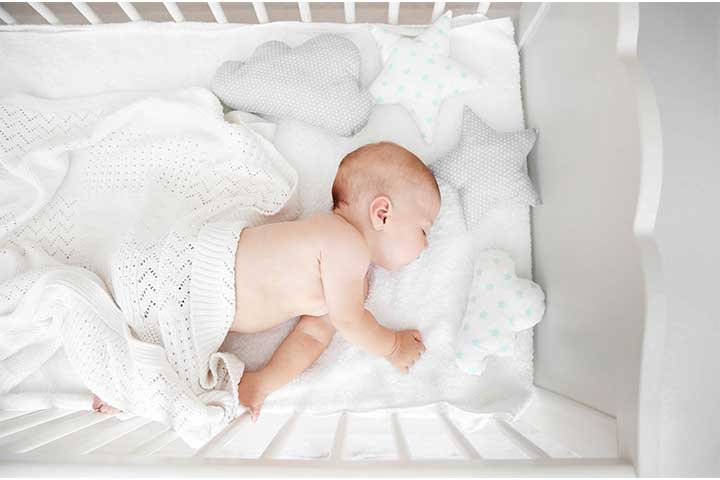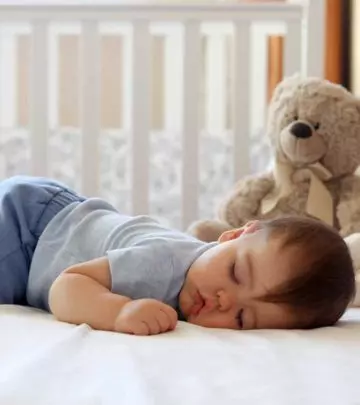
Image: Shutterstock
Bringing a new baby into your home is an exciting and joyous occasion, but it also comes with a lot of responsibilities. Ensuring your baby’s safety, especially during sleep, is paramount. So, let’s explore the best safe sleep options for babies, from the key factors to consider when choosing a sleep space to some hard truths about safe sleep. Read on!
What To Look For In A Safe Sleep Space
Image: Shutterstock
A safe sleep space is essential for your baby’s well-being, and there are some key elements to keep in mind:
1. A Flat Surface
Opt for a crib, bassinet, or playpen with a flat sleep surface. Avoid using car seats, strollers, or loungers for extended sleep periods, as these are not designed for safe sleep.
2. A Firm Surface
The sleep surface should be firm, not soft or plush. A firm mattress helps reduce the risk of suffocation or Sudden Infant Death Syndrome (SIDS).
3. A Bare Surface
Keep the sleep environment free of soft bedding, pillows, bumper pads, and stuffed animals. These items can pose a suffocation hazard. A fitted sheet is all you need to cover the mattress.
4. A Personal Space
Your baby’s sleep space should be exclusively for them. Co-sleeping or bed-sharing is discouraged, as it increases the risk of accidental suffocation or injury.
Examine Your Baby’s Sleep Space In The Harsh Light Of Day
Before putting your baby down to sleep, inspect their sleep space during the day. Look for potential hazards or items that could become problematic during the night. Ensure that the crib or bassinet meets current safety standards.
Fix Things That Look Unsafe
Image: Shutterstock
If you spot any issues with the sleep space, address them immediately. Tighten loose screws, repair any broken parts, and remove any hazardous items. Safety is a top priority, and vigilance is key.
Make A Backup Plan, Too
Sometimes, you might find yourself in situations where your baby needs to sleep in an unfamiliar place. Having a portable crib or travel bassinet that adheres to safety guidelines is a wise choice. Don’t compromise on safety, even when you’re away from home.
Some Hard Truths About Safe Sleep
Image: Shutterstock
Understanding the realities of safe sleep is crucial for your baby’s well-being. Here are some hard but essential truths to keep in mind:
1. Babies May Or May Not Be Able To Wake Themselves Up And Move A Bit If They Have Trouble Breathing
Most babies can wake themselves up and adjust if they have trouble breathing, but not all can, and we can’t always distinguish between them. Therefore, the techniques for safe sleep are designed to prevent babies from sleeping so deeply that they can’t wake up and help themselves. In essence, safe sleep often means shorter, interrupted sleep for your baby.
2. Tiny Babies Aren’t Supposed To Sleep More Than A Few Hours In A Row
Tiny babies aren’t meant to sleep for extended stretches. A healthy six-week-old typically wakes every 2-3 hours, which can be challenging for parents. Anyone claiming that a baby bed will make a baby sleep longer is either promoting unsafe sleep or being dishonest.
3. It Takes Babies A Little Bit To Learn To Love A Safe Sleep Space
Babies take time to adapt to a safe sleep space. They’ve spent months in the cozy confines of the womb, constantly rocked and fed. Transitioning them to lying flat on their backs alone and waiting for feeds can be frustrating for them. So, don’t be disheartened if a safe sleep space doesn’t work perfectly right away. It typically takes around 3-4 days for babies to adjust. It’s a process, and patience is key.
4. The Snugglier It Looks, The More Likely It Is To Be Unsafe
While it’s tempting to create a cozy nest for your baby, an overly plush sleep environment increases the risk of suffocation. Stick to the basics – a firm mattress with a fitted sheet.
The Upside
Image: Shutterstock
Although it may appear that there are numerous rules and precautions to consider for safe baby sleep, the silver lining is that these measures significantly lower the risk of SIDS and other sleep-related accidents. The reassurance of knowing your baby is resting securely provides immense peace of mind.
Keep in mind that each baby is distinct, and what suits one may not suit another. It’s crucial to adjust to your baby’s individual requirements and preferences, all while prioritizing their safety. Safe sleep practices aren’t just recommendations; they serve as the bedrock for your baby’s health and well-being.
Creating a safe sleep environment for your baby is one of the most important responsibilities of parenthood. Prioritize a flat, firm, and bare sleep space that’s exclusively for your baby. Regularly inspect the sleep area for potential hazards, fix any issues promptly, and have a backup plan for travel. Understanding the hard truths about safe sleep will help you make informed choices, ultimately ensuring a peaceful and secure slumber for your little one. Keep these guidelines in mind, and you’ll provide your baby with the best start in life. Let us know in the comments your experience with putting your child to sleep!

